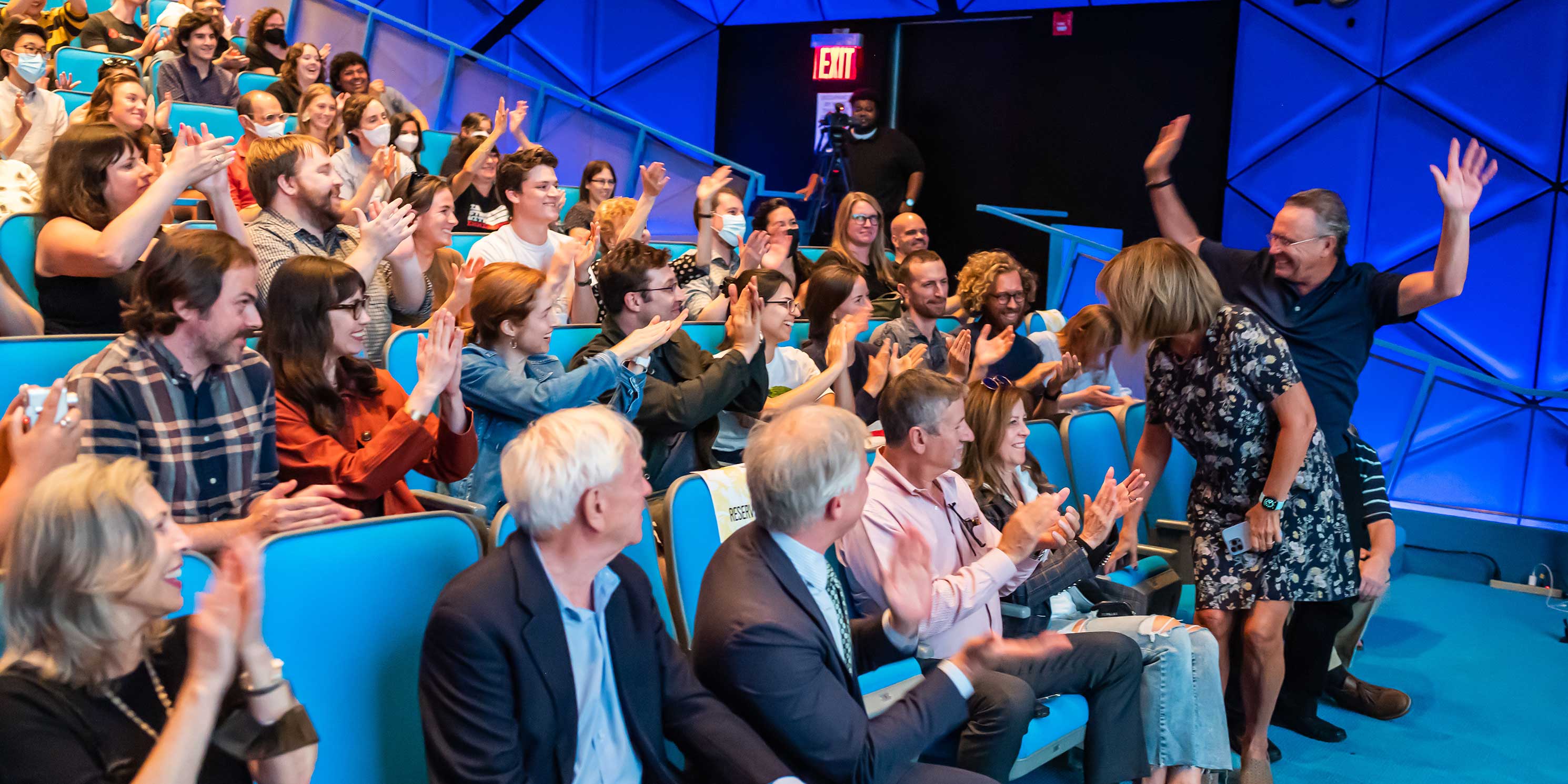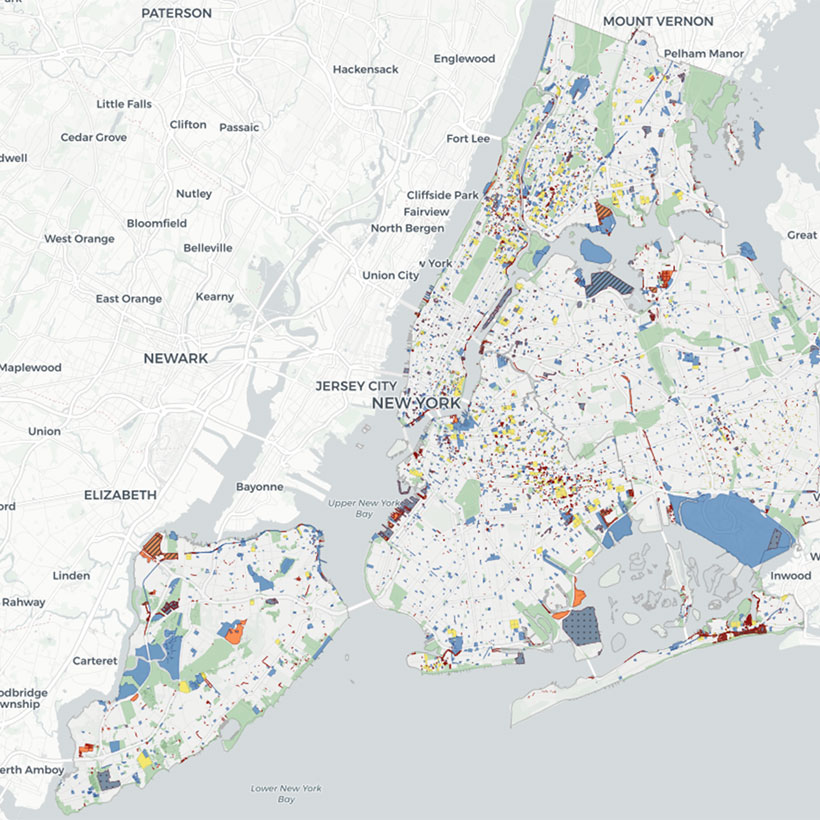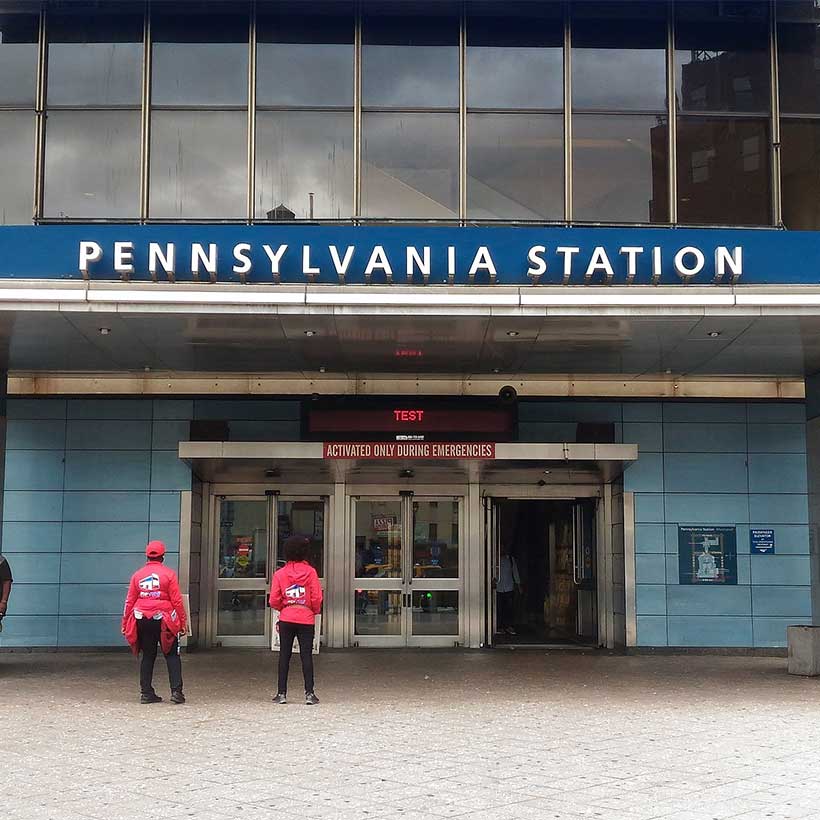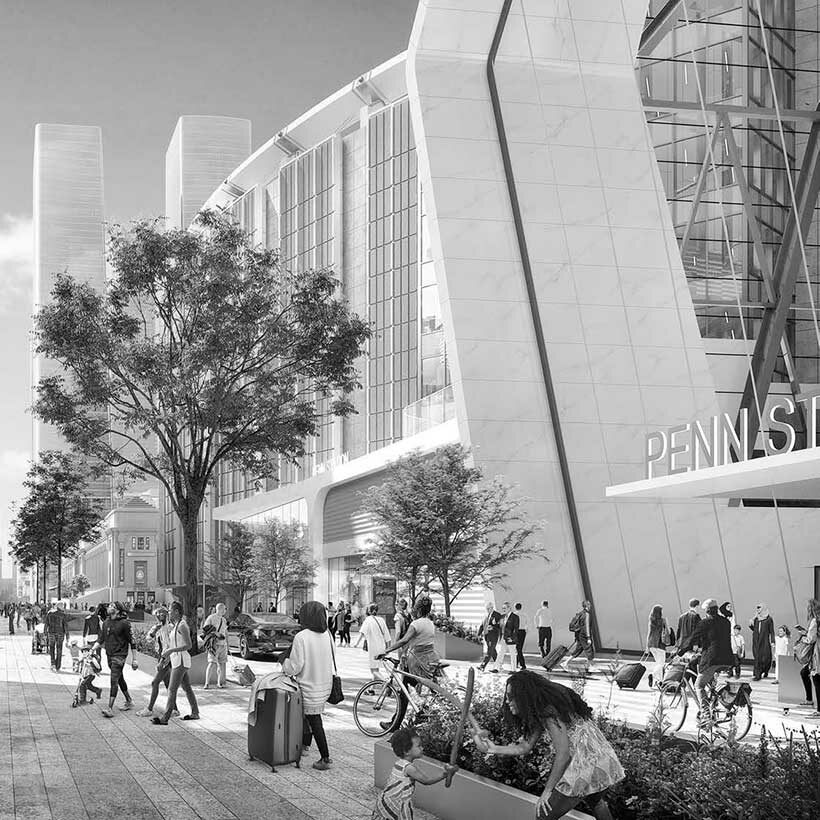President’s Letter: March 2022
Monthly observations and insights from MAS President Elizabeth Goldstein
I am old enough to remember the subway when it was covered in graffiti. Not just the bold exterior art but the small tags all over the surface of the inside. I was living in the Bronx in those days (the mid-1970s and 80s), traveling the 6, 2 and 5 trains with frequency, during the day and long into the night. Trains were not only dirty but often in disrepair. And for newcomers or tourists to the city it was extremely hard to navigate without a signage system to speak of and no communication with customers about when trains would arrive.
We are a very long way from that era of decline. But that era’s subway system gave me deep New York instincts. I have a highly acute sense of danger, the ability to sense the person who has stopped taking their meds but is harmless and those whose anger seeps out of their pores. On Saturday afternoon, after a lovely day poking around some art galleries on the Lower East Side, I found myself sitting three feet away from a deeply angry person, who while standing in front of me, was yelling at no one in particular, and everyone in general. He started by hitting the pole a few times and if I hadn’t been with my husband and family, I would have moved. Perhaps, we all should have anyway. But I think for New Yorkers of a certain age, there is always a calculation we’re making in our heads: should I risk drawing attention to myself by getting up and moving, or is it riskier to stay put?
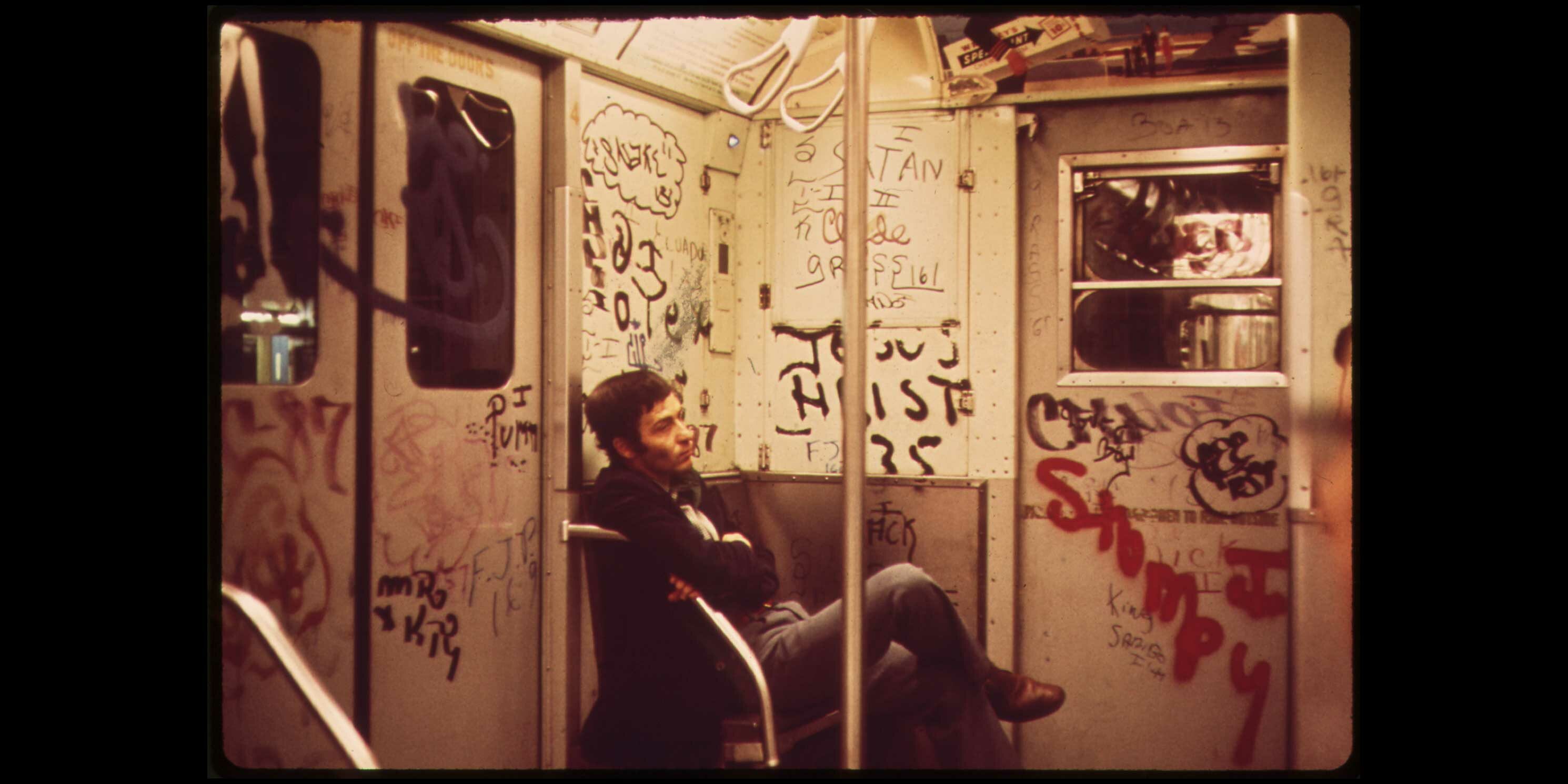
Around us now are layers of calculation that the COVID crisis has made part of all our daily routines: the risk of meeting a friend you haven’t seen in months and sometimes longer; the risk of the grocery store trip or the journey into the office; the risk of an elevator ride with other passengers who aren’t wearing masks. It is a calculation of exposure to others.
Boy, am I tired of it.
But one thing I know is that it is always better to be on a crowded subway car. When I am going home after dinner with a friend or the still-rare venture out to a performance I always want to know that my subway car will be full of others on their trip home or to work. I want my presence to help keep the nurse headed in for a long shift or the young woman going home from a date or studying in the library safe. And I want them to do that for me, too.
Our mass transit system has a new leader at a time of great plans. Richard Davey comes with a strong background and has been consulting to the New York City system. So, he has already started striding up the steep learning curve that is New York City. He also has a boss in Governor Hochul who seems to welcome a circle of strong department heads. (We lost the incredibly talented Andy Byford to a less welcoming boss!)
But the challenges that Davey confronts are daunting. Not only do our buses still run slower than most in the world but our subway system is in some ways ill-suited to the city we live in. It was built for a time when our commutes were in and out of Manhattan. New York City has changed, and we are now a city that commutes in many directions across boroughs for jobs, friends, and family. And remote work has only accelerated that shift.
So, despite the ongoing mess at Penn Station, there are exciting plans afoot: new Metro-North stations in some of the Bronx transit deserts and the catchily-named IBX, which might make moving between Brooklyn and Queens far easier. The whole rethinking of access to LaGuardia Airport includes much more reasonable alternatives than the crazy idea of putting MORE people on the already jam-packed 7-line (and those headed to LaGuardia will be toting suitcases).
However, Davey’s biggest job is getting us back on the subway in significantly increased numbers. It is happening slowly but naturally to some extent. My morning commute now involves standing, by necessity again, and my last trip home from a night out was moderately crowded. However, the use of our subways is nothing like pre-COVID times. It should be the lifeline of the city. I wish him well and sincerely hope that the great New York subway system will rise again under his leadership. We all depend on it.

Elizabeth Goldstein
President, Municipal Art Society of New York
